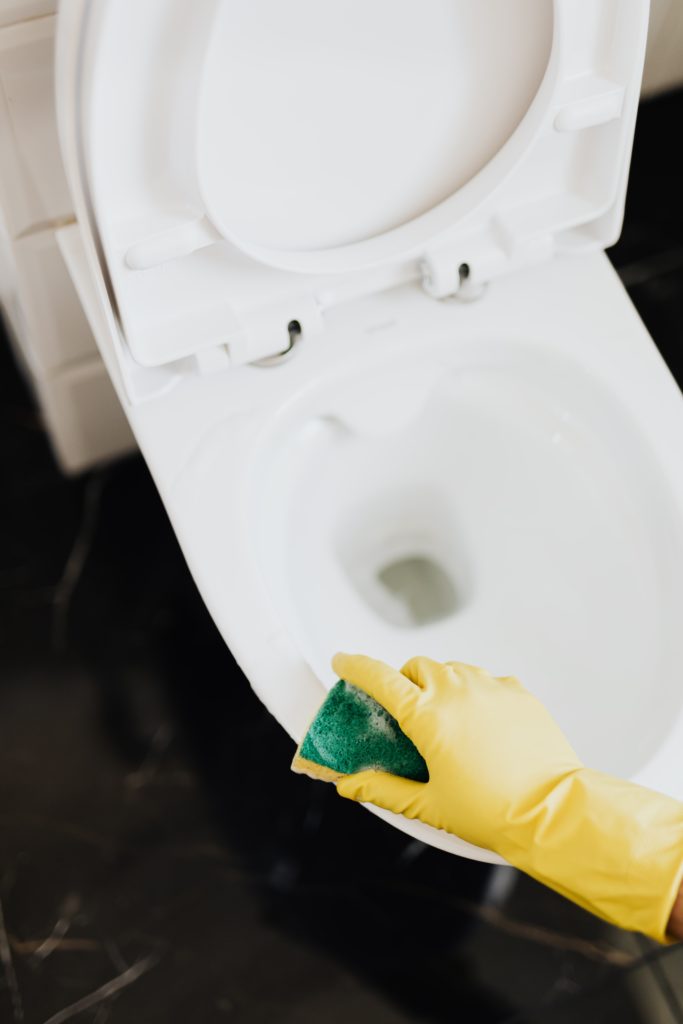The Psychology of Bad Odors

Odors have an enormous psychological impact on humans, and these can be either positive or negative. Irrespective of social class and where you live, people tend to link “pleasant, positive, and healthy” smells with good morals and good character, whereas they associate bad smells with negative emotions and values. When the bad odor results from a toilet or bathroom facility, people usually feel disgust or – in the case of the person “causing” the odor – perhaps shame. In some cases, people may even associate foul–smelling bathrooms with a danger to their health. Therefore, people tend to avoid foul-smelling bathrooms as much as possible.
Bad odors may etch an unpleasant memory in a person’s mind. In the case of commercial and institutional organizations that wish to portray a positive and healthy image, a foul-smelling bathroom facility can give a negative impression – and it can be a lasting one – about the quality of that organization.
Using HOCl provides a simple solution to these problems. In a recent study, researchers at the University of Washington found that HOCl quickly dealt with the compounds that create the bad odors linked to urine and feces in washroom facilities (for more detail, see here). As with other HOCl applications, there are no safety concerns with using HOCl. Research has validated HOCL as a non-toxic, non-irritating, and eco-friendly disinfectant and sanitizer. Ideas for this blog were gathered from here.
